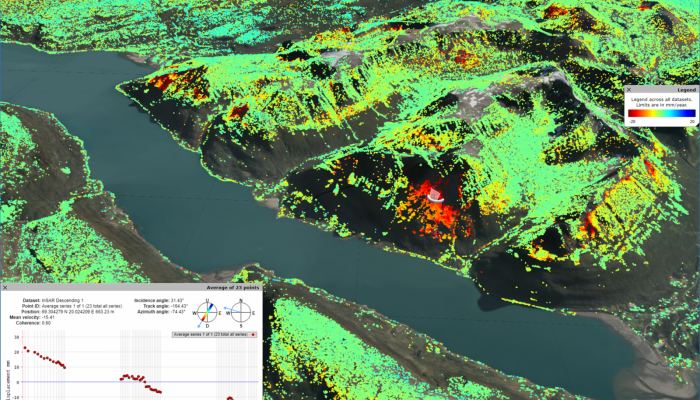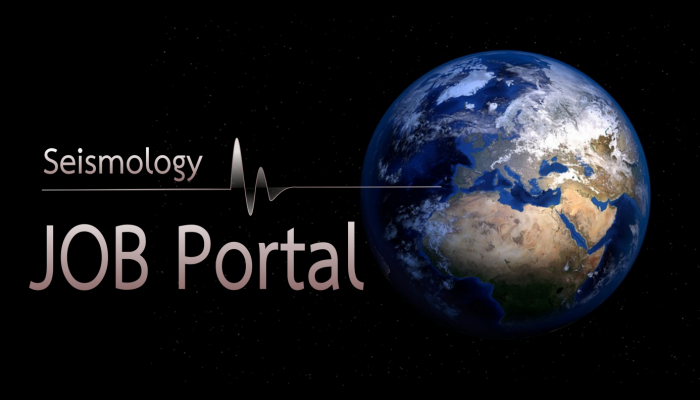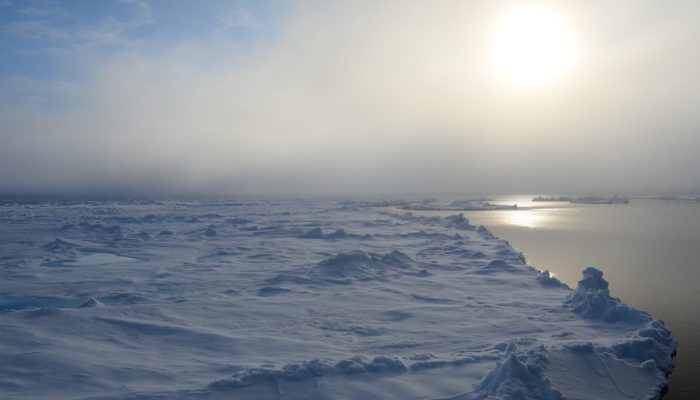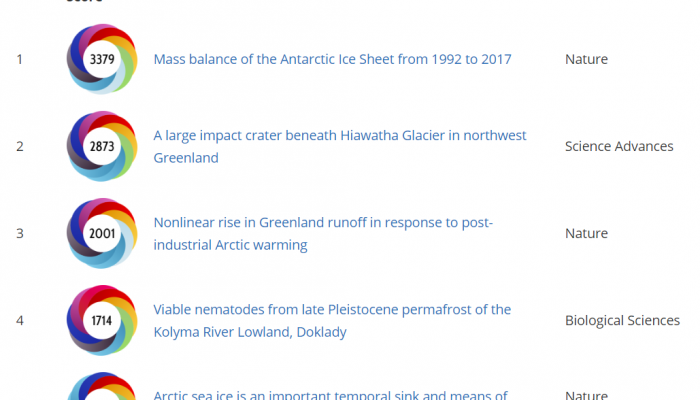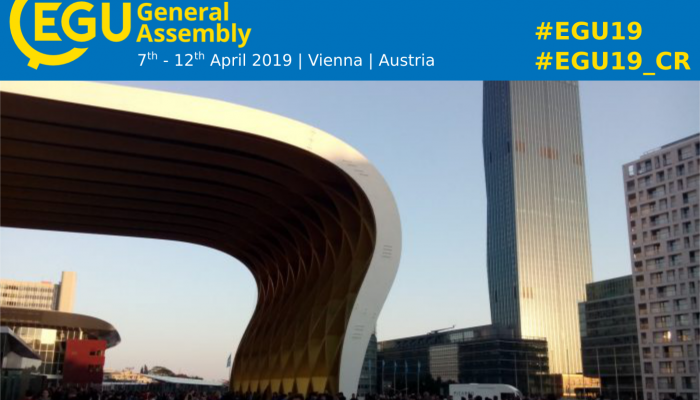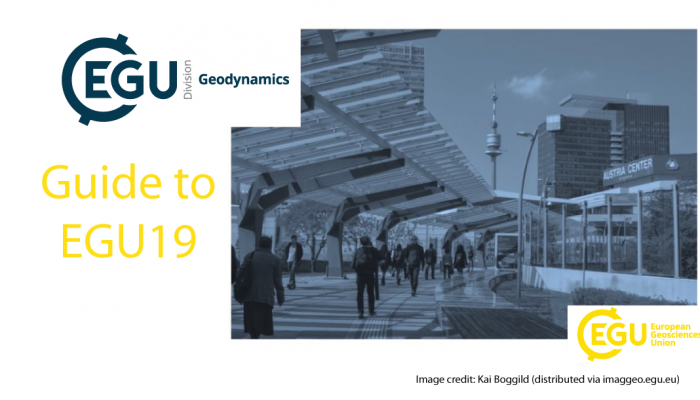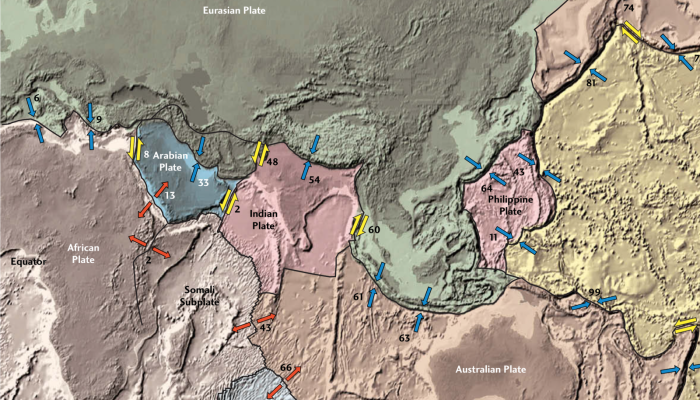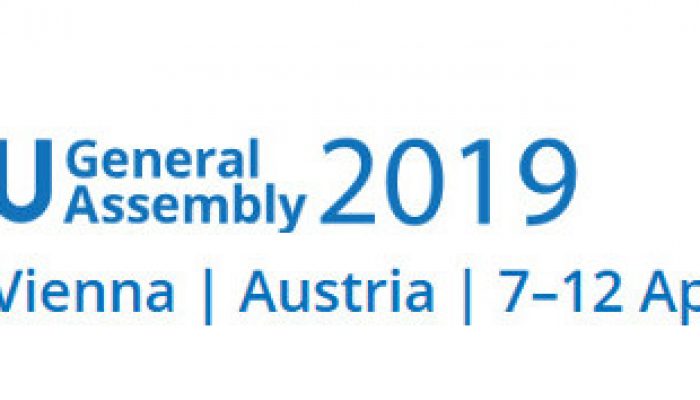Marie Keiding is a researcher in the Geohazard and Earth Observation team at the Geological Survey of Norway. Together with her colleague, John Dehls, who is leading the project, she works to develop and operate the new mapping service called InSAR Norway. Before we start, let’s briefly describe what is InSAR. First, the Synthetic Aperture Radar (SAR) is a day and night operational imaging system ...[Read More]
Seismology
Seismology Job Portal
On this page we regularly update open positions in Seismology. Do you have a job on offer? Contact us at ecs-sm@egu.eu
Atmospheric Sciences
Water vapor isotopes: a never ending story!
Water stables isotopes are commonly exploited in various types of archives for their information on past climate evolutions. Ice cores retrieved from polar ice sheets or high-altitude glaciers are probably the most famous type of climate archives. In ice cores, the message about past temperature variations is conserved in the ice, formed from the snow falls whose isotopic composition vary with the ...[Read More]
Cryospheric Sciences
Image of the Week – Cryo Connect presents: The top 50 media-covered cryosphere papers of 2018
Discover which cryospheric research articles were most successful in attracting media attention in 2018 according to the Altmetric score. Cryo Connect and Altmetric Scientists are generally aware of each others’ studies. But when a scientific study generates media interest, its impact can be boosted beyond the scientific community. The media can push the essence of scientific study to the broader ...[Read More]
Cryospheric Sciences
A brief guide to Navigating EGU 2019!
Are you going to the EGU General Assembly in Vienna next week? If so, read on for a quick guide to navigating the week: Where to start, what to see and how to meet people and enjoy yourself! After all, the meeting is as much about the opportunities to meet scientists from all over the world as it is about the science itself. How on Earth do I know what is going on?! The EGU General Assembly (GA) i ...[Read More]
Geodynamics
GD Guide to EGU19
With this year’s EGU General Assembly (GA; #EGU19) looming in less than a week, it’s time for all attendees to finish (or start) their own scientific contributions, create their own personal programs as well as plan other activities during the conference. In this blog Nico Schliffke (GD ECS Rep) would like to share some useful advice how to successfully navigate through the conference and hi ...[Read More]
Seismology
2019 General Assembly is getting closer!
The 2019 General Assembly is getting closer! Before letting you go back to polish that glorious figure for your presentation, we wanted to make sure you have all the information about Early Career Scientists (ECS) and seismology-related events.
Tectonics and Structural Geology
Meeting Plate Tectonics – Dietmar Müller
These blogposts present interviews with outstanding scientists that bloomed and shape the theory that revolutionised Earth Sciences — Plate Tectonics. Get to know them, learn from their experience, discover the pieces of advice they share and find out where the newest challenges lie! Meeting Dietmar Müller Dietmar Müller is Professor of Geophysics at the University in Sydney and leads the EarthByt ...[Read More]
Natural Hazards
#EGU19 program is ready! Are you ready for it?
#EGU19 program is ready! Are you ready for it? The next EGU’s General Assembly is taking place in one week! We bet you already started planning your program for the week, that Natural Hazard (NH) sessions are included, and, especially if you are an Early Career Scientist (ECS), you have found many sessions and courses targeting your specific needs and interests. What fits more to you ...[Read More]
Hydrological Sciences
Events at the General Assembly
Very soon, many of us will gather in Vienna for the EGU General Assembly. In addition to the many regular scientific sessions, there are a number of other events that may also be very relevant for you. Here are some of our suggestions (but don’t forget to check out the full program at www.egu2019.eu). Sunday Start your conference early and meet your peers in an informal setting by joining the Open ...[Read More]

